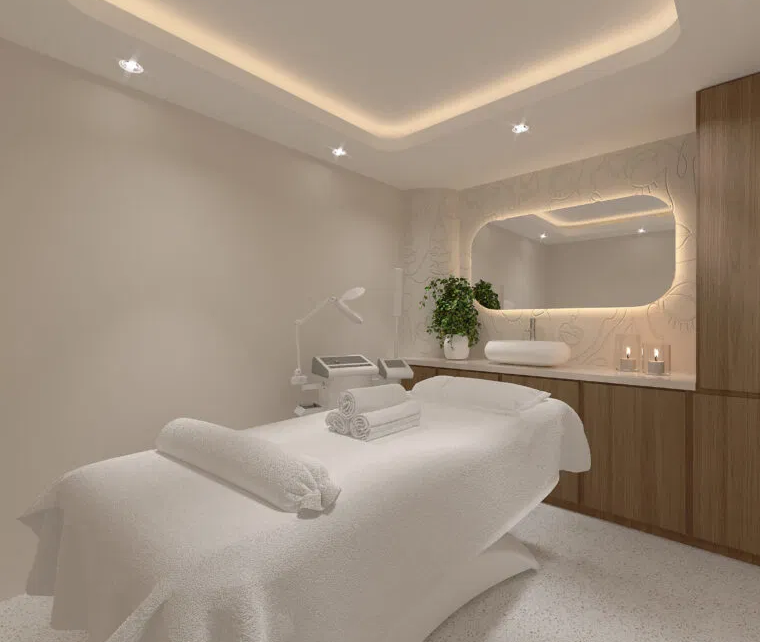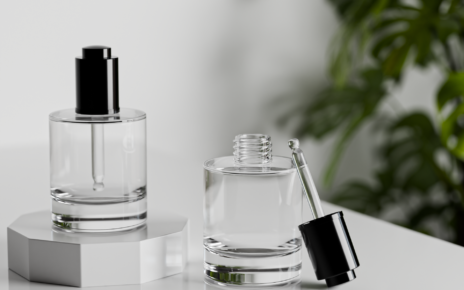In the dynamic world of clinic interior design in Dubai, a noticeable shift is taking place. While traditional design elements once dominated the aesthetic landscape of healthcare facilities, a more modern, sleek, and patient-centric style is quickly taking over. This transformation doesn’t mean abandoning cultural heritage; rather, it signifies a thoughtful evolution that bridges time-honored traditions with innovative design trends. Clinics across Dubai are now embracing contemporary aesthetics while paying homage to the region’s architectural legacy, creating healthcare environments that are both functional and emotionally resonant.
The Traditional Foundation: Heritage and Functionality
Before we explore the contemporary shift, it’s important to understand the roots of traditional clinic design in Dubai. These spaces were often inspired by classic Arabic motifs and functional simplicity. Their focus was primarily on utility and patient flow.
Characteristics of Traditional Clinic Interiors
- Use of natural materials: Stone, wood, and textured finishes created a grounded, organic feel.
- Complex patterns: Mashrabiya screens and Islamic geometric patterns provided visual appeal.
- Neutral color palettes: Earth tones and off-whites dominated to promote a calm environment.
- Zoned spaces: Clinics were compartmentalized for clear functionality and patient privacy.
While these designs served their purpose well, changes in patient expectations and advancements in medical technology prompted the need for aesthetic evolution.
The Shift Toward Contemporary Design
Dubai’s status as a global destination for healthcare has catalyzed a wave of interior design innovation. Contemporary clinic interiors now emphasize openness, fluidity, and emotional comfort.
Key Drivers of Modern Design Evolution
- Patient experience: Today’s patients seek not just treatment, but an overall positive and stress-free experience.
- Technological integration: Clinics now house sophisticated equipment that demands adaptable design.
- Cultural inclusivity: A global patient base requires design that appeals to diverse preferences while retaining local identity.
Hallmarks of Contemporary Clinic Interior Design in Dubai
Modern clinics in Dubai are embracing a refined design language that balances aesthetics with advanced functionality.
Minimalism and Clean Lines
Contemporary designs focus on simplicity:
- Open layouts reduce clutter and support intuitive navigation.
- Sleek surfaces like polished concrete or matte finishes give a modern look.
- Neutral yet warm palettes create a sense of calm while allowing flexibility in décor.
Biophilic Elements and Natural Light
Dubai clinics are increasingly integrating nature into interior design:
- Indoor plants and green walls improve air quality and emotional well-being.
- Large windows bring in natural light, reducing reliance on artificial sources.
- Nature-inspired materials such as bamboo or light-toned wood add warmth.
Technology Integration
Modern clinics are designed to accommodate smart systems:
- Touchless entry systems and automated lighting enhance hygiene.
- Integrated patient check-in kiosks streamline the process.
- Telemedicine zones are incorporated into the layout.
Fluid Zoning and Multi-Functional Spaces
Unlike the rigid zoning of traditional clinics, contemporary designs focus on flexibility:
- Convertible consultation rooms can serve multiple functions.
- Open waiting areas blend relaxation with privacy.
- Curved partitions replace hard walls to soften spatial boundaries.
Merging the Old and New: A Balanced Approach
Clinics looking to modernize don’t need to erase their identity. A hybrid design approach can preserve cultural roots while embracing innovation.
Integrating Heritage Into Contemporary Design
- Statement elements: Feature traditional Arabic art in modern frames.
- Material fusion: Combine old-world textures like stone with modern surfaces like glass.
- Patterned accents: Use traditional motifs subtly in textiles or ceiling designs.
This blend helps clinics feel both familiar and forward-thinking—ideal for a city like Dubai that thrives on global appeal with local essence.
Patient-Centered Design as the Core Principle
Whether traditional or contemporary, the modern goal is the same: enhance patient well-being through design.
Emotional and Psychological Comfort
- Lighting design influences mood; warm, indirect light can reduce anxiety.
- Color psychology plays a role in setting the emotional tone of each space.
- Soundproofing ensures a sense of privacy and calm.
Accessibility and Inclusivity
- Universal design standards make clinics accessible for people with disabilities.
- Wayfinding signage is designed in multiple languages and clear visual cues.
Looking Ahead: Dubai’s Clinic Design Future
Clinic interiors will continue to change as Dubai develops as a center for high-end medical care, incorporating:
- Sustainable practices, like energy-efficient lighting and eco-friendly materials.
- Personalized patient experiences, powered by data-driven design.
- Modular design systems, allowing clinics to scale and adapt quickly.
Conclusion: Designing for Legacy and Innovation
Clinic interior design in Dubai is undergoing a graceful transformation. By blending cultural heritage with contemporary aesthetics, today’s clinics are redefining healthcare spaces. The most successful designs are those that honor tradition while embracing modernity—creating clinics that feel both rooted and revolutionary. As patient expectations rise and technologies evolve, the future of clinic aesthetics in Dubai will continue to reflect a seamless fusion of past, present, and future.




